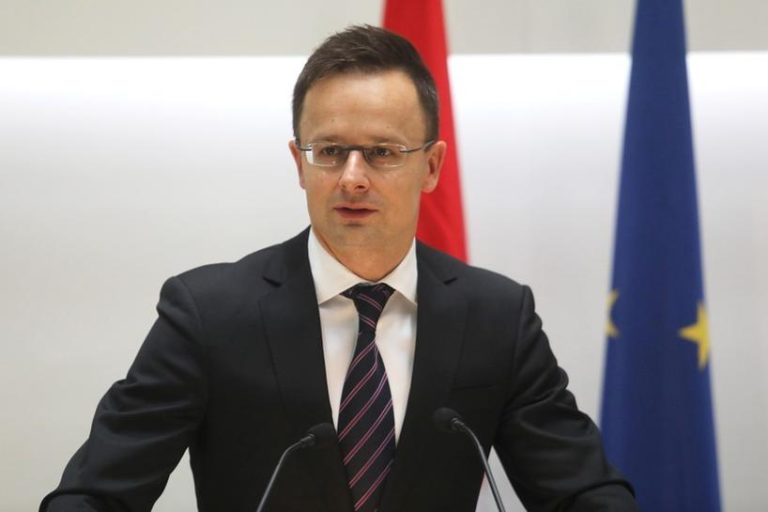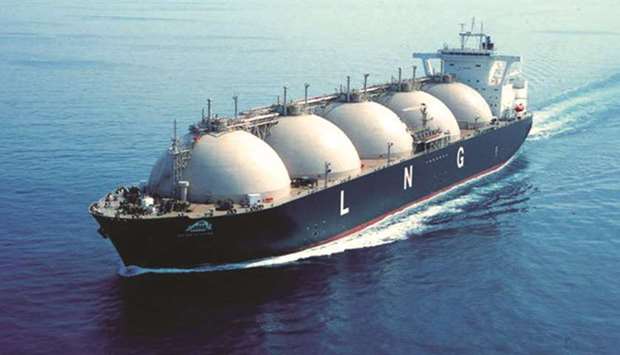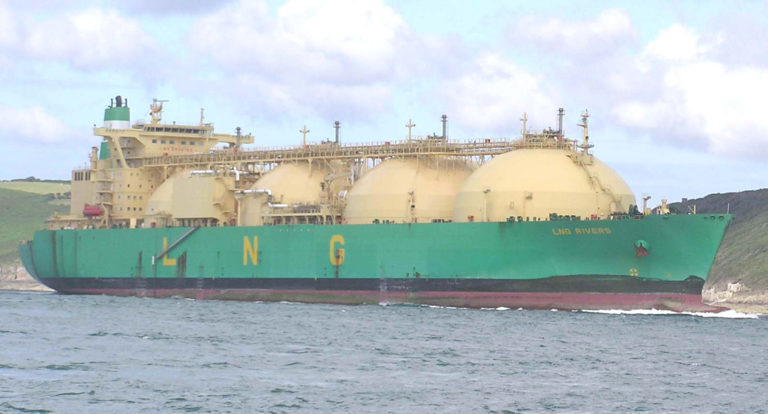Democrats and Republicans are quick to talk up a bipartisan infrastructure deal. Yet neither party wants to take the political risk of paying for it when all options are toxic — including the obvious choice of raising the national gas tax.
Increasing the gas tax is so politically fraught that it hasn’t been touched in 26 years and it didn’t even come up at a meeting at the White House Tuesday between President Donald Trump, House Speaker Nancy Pelosi and Senate Minority Leader Chuck Schumer to discuss an infrastructure plan.
While they agreed broadly on the need to upgrade roads, bridges and airports, they put off for three weeks the tougher conversation about coming up with ways to fund an estimated $2 trillion in public works.
Taxes on fuel in the U.S. are among the lowest in the developed world, at 18.4 cents per gallon for gasoline and 24.4 cents per gallon for diesel, and infrastructure advocates see raising the levies for the first time since 1993 as the best short-term option to generate needed revenue.
Still, a measure that would disproportionately affect poor and rural drivers raises opposition at all levels of the political spectrum. It’s also created strange bedfellows — aligning members of the conservative House Freedom Caucus, born from the Tea Party movement, and progressives such as Senator Elizabeth Warren of Massachusetts, a Democratic presidential candidate.
“Working people who have got to get to their job, get their kid to a medical appointment, shouldn’t get hit again when multinationals are enjoying their big tax breaks and causing much of the wear and tear to the road,’’ said Ron Wyden of Oregon, the top Democrat on the Senate Finance Committee, who was at the meeting.
Roll-Back Cuts
Some Democrats, including Wyden and Schumer, have said they’d only consider increasing the gas tax if it’s paired with a roll-back of tax cuts that benefited the rich in the 2017 tax overhaul. The 2018 Senate Democratic infrastructure plan called for raising taxes on top earners and corporations.
Even though Trump campaigned on a promise to invest at least $1 trillion in infrastructure, the plan he released last year included only $200 billion over a decade — mostly in incentives to spur investments by states, localities and the private sector.
Democrats said after their meeting with Trump on Tuesday that he offered no plan for financing infrastructure projects. They said they won’t make any offers and will wait for the White House to make its proposal in three weeks. Democrats said Trump indicated he’s soured on a public-private approach.
The White House statement after the meeting made no mention of an amount an amount or where the money would come from.
While Trump has said he’s eager to work with Congress on infrastructure, Democrats say Republicans won’t go along unless the president publicly endorses a plan — especially if it includes a tax increase.
Closed-Door Meeting
Lawmakers who attended a closed-door meeting with Trump a year ago said he told them then that he’d support a 25-cent-per-gallon increase in the gas tax and take the political heat. But Republican congressional leaders were opposed, and Trump never backed the idea publicly.
Now Trump’s signaling that he’s unlikely to support a gas-tax increase. In a tweet last Friday, he said the fuel tax in California “is causing big problems on pricing for that state” and “speak to your governor about reducing.” California approved a 12-cent-per-gallon increase in 2017 to help pay for road and bridge projects, and voters defeated a Republican-led ballot measure to repeal it last November.
Asked by reporters on Tuesday whether Trump would raise the federal gas tax to help pay for an infrastructure package, White House adviser Kellyanne Conway said “this president is the president who lowers taxes.”
Michael Ireland, the president and chief executive officer of the Portland Cement Association, said, “They’re all afraid to go first.”
“The truth is only the president can provide cover for his caucus,” added Ireland, whose group backs a gas-tax increase. ”Likewise, only the speaker and the Senate minority leader can provide cover for their members.”
‘D-Plus Level’
Advocacy groups as diverse as the U.S. Chamber of Commerce, the AFL-CIO, the American Trucking Associations and others are advocating raising federal fuel taxes as the only realistic way in the short term to generate the funding needed to address upgrades to public works from a “D-plus’’ level that the American Society of Engineers has estimated would cost $2 trillion.
Still, a gas tax increase wouldn’t solve the problem. The Tax Foundation estimates that even raising the gas tax to 50 cents per gallon and indexing it to inflation would only generate about $306 billion over a decade. That means lawmakers would have to agree on a whole package of tax measures — which is unlikely following the passage of Trump’s tax overhaul.
“Democrats are interested in raising income and corporate tax rates, but Republicans are not interested in unraveling their big signature achievement,” said Marc Gerson, a former House Ways and Means Committee aide who’s now at law firm Miller and Chevalier. “There is no agreement.”
Koch Campaign
Americans for Prosperity, the flagship political organization of the network led by billionaire Charles Koch, recently began a campaign targeting 20 states and 30 congressional districts with digital ads and a report with Freedom Partners Chamber of Commerce showing the impact of a 25-cent increase.
“Lawmakers in Washington must finally step up and focus on targeting transportation dollars toward critical road projects and reforming outdated and costly regulations,” the groups said.
Senate Majority leader Mitch McConnell, a Kentucky Republican, said last month that he’s willing to take up the infrastructure issue “once the president and Democrats and everybody says, ‘OK, here is how we’re going to pay for it.’”
State Increases
Some 30 states have raised their fuel taxes since 2003 — including Republican-led Ohio, Arkansas and and Alabama this year — according to the Institute on Taxation and Economic Policy. States tack on an average tax of nearly 29 cents per gallon, according to the U.S. Energy Information Administration.
While infrastructure advocates point out that state lawmakers haven’t lost elections as a result, the local increases have eaten away at additional taxes that the federal government could try to put on gasoline.
Representative Sam Graves of Missouri, the top Republican on the House Transportation and Infrastructure Committee, favors a system that charges a tax for every mile a vehicle travels. Even though some transportation experts say such a system poses privacy concerns and is still years away, Graves argues that a costly political battle to raise the gas tax would be a waste with greater fuel efficiency and more electric cars making it obsolete.
“I think where we’re going to go ultimately is some kind of vehicle miles traveled tax,” said Senator Tom Carper, a Delaware Democrat. “Some of the discussions this week will be what will the bridge be that gets us to that future.”



























